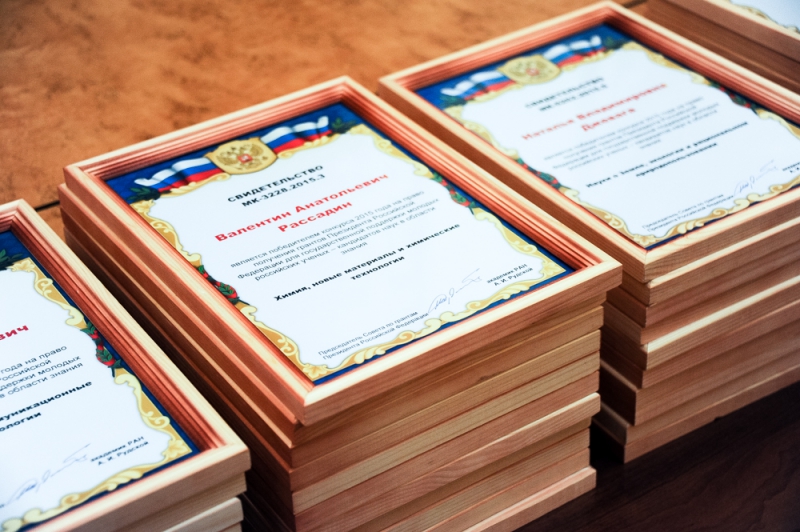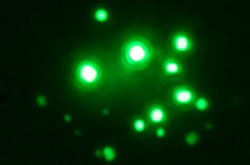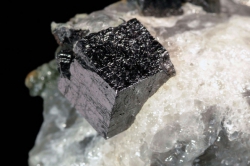Sergei Makarov, DSc in Physics and Mathematics, project “Perovskite solar cells improved with resonant nanoparticles”
The project is dedicated to perovskite solar cells improved with resonant nanoparticles. At the core, we aim to increase the efficiency of perovskite solar cells. Today, this is a research subject that is popular both in Russia and abroad. Perovskites – the materials that we use – don’t exist in nature, but are synthesized. Using them allows to produce efficient solar cells quite cheaply, and there’s hope that they will make it possible to make a breakthrough in the field of solar power and decrease the costs of alternative energy.
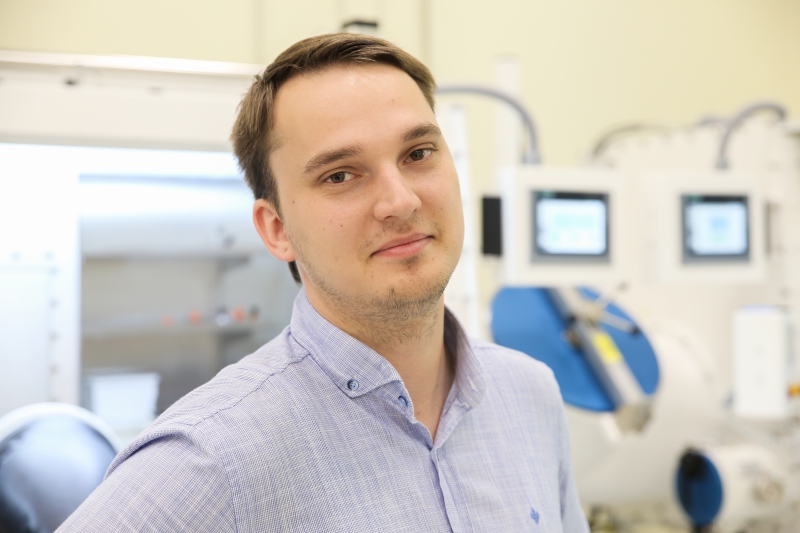
For this purpose, we have to solve several tasks. The key ones have to do with increasing the efficiency of solar cells, improving their stability, and decreasing their cost. Our project focuses on all these aspects. First of all, we use approaches that don’t make the technology more expensive: we use affordable silicon nanoparticles, and our very technology of introducing these nanoparticles into the cell is also quite inexpensive. Secondly, our main goal is to increase the efficiency of perovskite solar cells. We hope that by adding nanoparticles, we’ll increase the absorption of light. We also plan to improve the cells’ other electrophysical properties, thus increasing their overall efficiency. We also hope that the material’s durability and its other properties will also improve thanks to these nanoparticles.
We’ve planned the project for two to three years. For now, we focus on developing a model. We do that in order to understand what we want to get as a result: from which material the particles have to be, to which part of the solar cell we have to introduce them and in which concentration. These will be small cells that we can test on a daily basis.
Nikita Toporov, PhD in Physics and Mathematics, project “Development of coherent radiation sources based on optical subwave antennae”
Coherent radiation sources are lasers that have long made their way into our lives. Still, the development of electronics and photonics imposes higher requirements to lasers that have to do with improving their performance and miniaturization. Regular lasers fail to meet such challenges, as there’s a limit to how small they can be. Their size has to correspond to the radiation’s wavelength, which is some hundreds or thousands of nanometers. This is seemingly little, but in comparison with the technologies of integrated circuits, which parts can be less than seven nanometers, a laser of a thousand nanometers in size is a gigantic device. Our project focuses on developing lasers that would be much smaller. For this purpose, we use nanoantennae, noble metal particles that act as resonators.
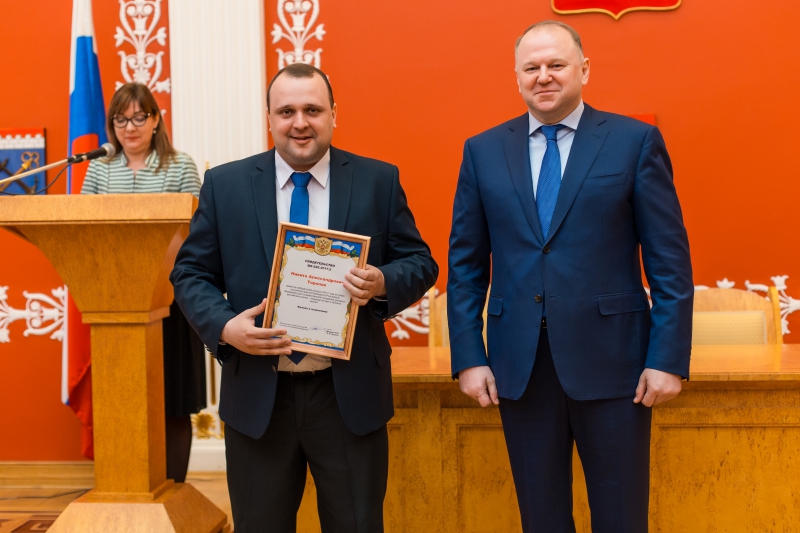
The process of producing nanolasers is very interesting, but also very labor-intensive, as the objects in question are very small, and their generation is associated with discovering a high number of phenomena that are hard to explain.
We have already conducted several successful experiments that prove the relevance of our idea. Having studied the scientific literature on plasmonic nanolasers, we came to the conclusion that there are several experimental designs of nanolasers that are still disputed by the scientific community. For example, the results of the first successful experiment where they observed stimulated emission of a colloid solution of noble metals’ nanoparticles couldn’t be reproduced by particular research teams. As for us, we transited from colloids to planar samples, by analogy with microcircuits, and got the desired stimulated emission that is equivalent to laser emission. Now, we are faced with the task of correctly interpreting this phenomenon, which is why we need to collect more information about its properties.
We aren’t focusing on the practical application of our research. Most importantly, our task is to demonstrate the operational principle and prove its efficiency, and this is more about pure scientific work. Nevertheless, the range of nanolasers’ application is very wide: sensors, optical information processing, photodynamic therapy, bioanalyses and so on.
As of now, we’ve only started working on the project. We have the first results, which we have to interpret correctly. This will define our next steps. Then, we’ll have to publish the results, present them to the scientific community and think about our the practical applications of our research. The Presidential Grant will sure be of help, as now, the issues associated with publication and participation in conferences will be much easier. What is more, we’ll be able to conduct more experiments by involving more Master’s and PhD students on a paid basis.
We’ve planned the project for two years. Still, we’re constantly coming up with new ideas. For example, we are now thinking about not just creating nanolasers but also studying their generation properties. Therefore, we’ll be continuing the research even after the grant expires.
Dmitry Zuev, PhD in Physics and Mathematics, project “New principles of creating safety labels based on optical metasurfaces”
In the course of this project, we’ll be developing safety labels based on optically resonant metasurfaces (arrays of nanoparticles that are arranged in a specific way). The optical properties of such nanosurfaces, i.e. what we perceive visually, depend on a series of parameters, for example, the size and shape of each particle, and can be adjusted by using a dedicated algorithm. With the knowledge of the activation (recording) algorithm, it is possible to use optical methods in order to create such a safety label that would be impossible to replicate in an improvised manner. The label’s identification will also be conducted by using high-precision optical methods. As the signal will be highly specific, the level of protection of such labels will be very high.
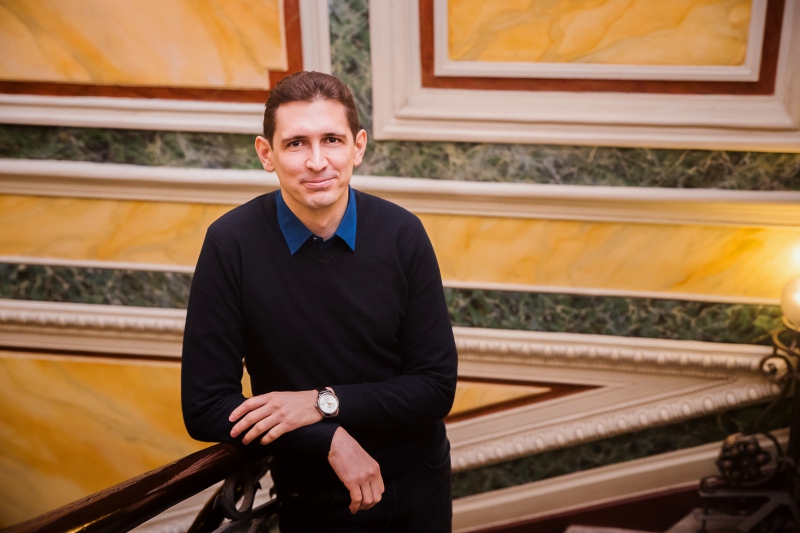
Such labels are essential for protecting a wide range of items: securities and important documents, high-tech industrial products and other wares. The development of new methods for identifying material objects is always on the go, as the time between the introduction of new protective technology and its unauthorized reproduction is dwindling.
The practical relevance of our project is that our technology can be used for labeling hi-tech, valuable, and unique items. Particular types of objects call for advanced protection and even the development of multilevel protection systems that combine several types of labels of different complexity. The systems that we’ll be developing will make it possible to combine the high level of activation and identification protocols’ security with a nonstandard approach to their production.
As of now, we have accumulated a lot of experience in the field of creating optically resonant nanoparticles and controlling their optical properties. The results have been published in leading scientific journals. Our current project is a logical continuation of our work, a translation of fundamental research into the field of practical application of such nanoobjects and metasurfaces. In the future, we plan to pursue the application aspect of our research by using such nanosystems in the development of sensors of the new generation, safety labels, and other objects.
From now on, we plan to focus on developing devices, more specifically a technology that can be commercialized. Getting the Presidential Grant was an important step towards this goal, as it proves the potential of our research and its relevance, and bespeaks of the recognition of our inventions on the highest level.
Stanislav Glybovski, PhD in Physics and Mathematics, project “Increasing the resolution of magnetic resonance force microscopy by using ceramic resonators”
Nowadays, magnetic resonance force microscopy is becoming one of the most powerful instruments of biomedical research, as it offers unique opportunities for visualization of structural elements and the study of the behavior of living objects. In practice, the resolving power is limited by the possible signal-to-noise ratio which is largely defined by the properties of radiofrequency coils (probes) that receive the signals of nucleic magnetic resonance of the study sample.
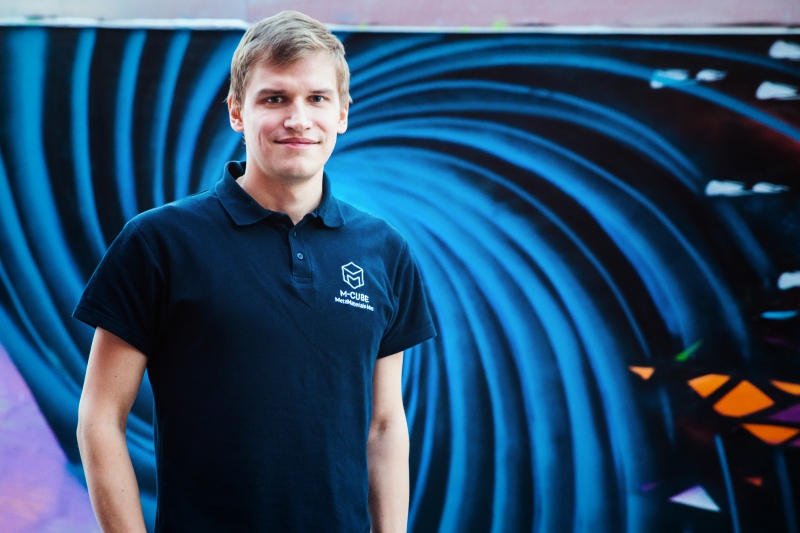
At this stage, the constructions of the currently used metal probes have reached the limit of their possible signal-to-noise ratio, which is associated with dissipation loss in the metal and the study sample. Our project is aimed at overcoming this threshold by using resonance chambers made of special ceramics with low losses instead of metal probes. The use of such dielectric probes will offer new opportunities for biomedical research by providing for a higher possible resolution that can be attained during the limited life span of a biological study sample.
We have already conducted preliminary numerical computations that show no less than a 50% increase in the signal-to-noise ratio when using ceramic resonance chambers instead of metal probes for studying small (less than 10 mm) test samples in a magnetic resonance tomograph with a field strength of 17 Tesla. We’ve also produced a prototype of a resonance chamber from a special ceramic ferroelectric material in collaboration with the CERAMICA Jsc. In the future, we plan to test this probe with a tomograph in order to demonstrate the increase in resolving power. We also plan to study and test several various designs of dielectric probes for different sizes of study samples for using with 7-17 Tesla tomographs.
A promising possible continuation of the project is the development of methods for the production of ceramic resonators with the purpose of further decreasing dissipation losses and increasing their relative permittivity. The Presidential Grant will help us involve highly qualified young researchers in the project, whose experience will facilitate the development of new designs of dielectric probes with improved properties.
